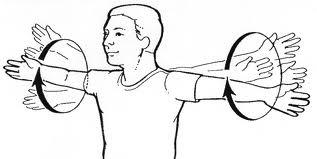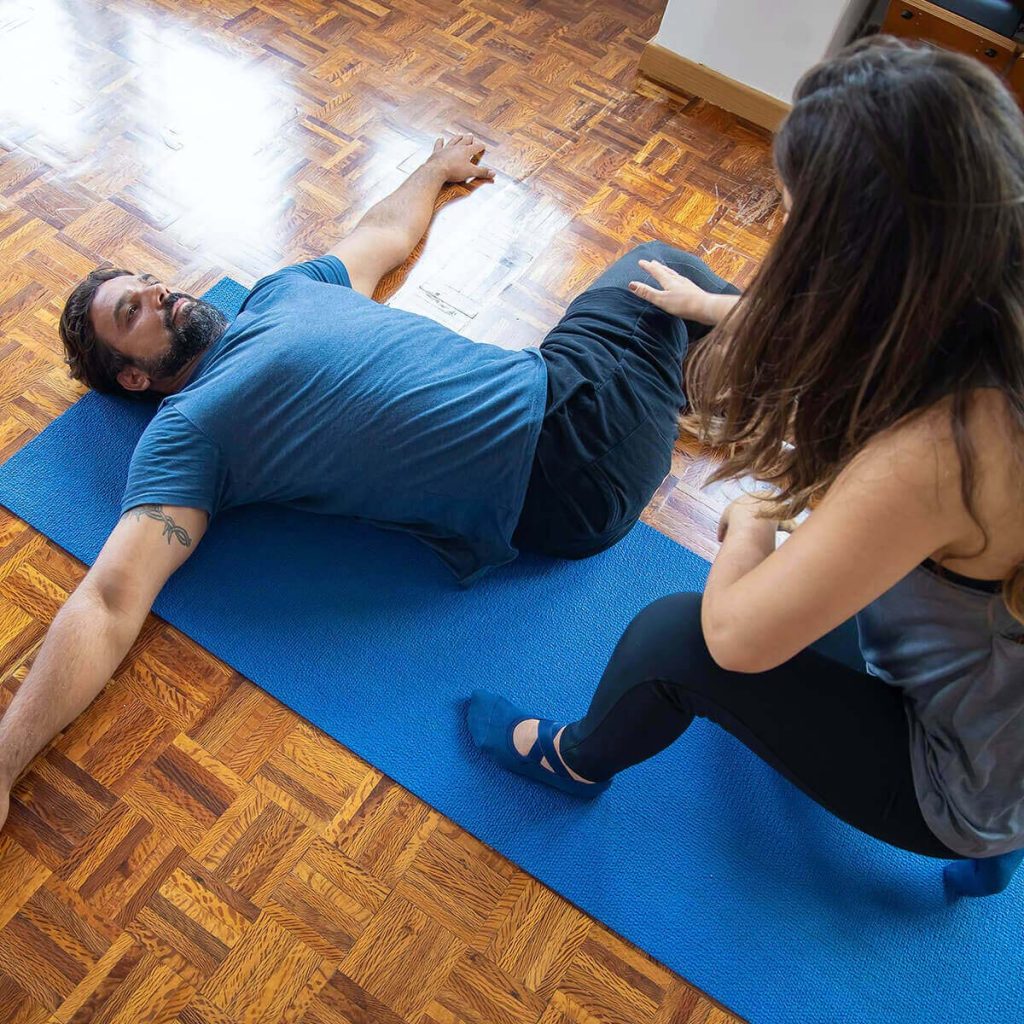Should I Perform Static Stretches Before Exercising?
Glenn Charbonneau, Registered Physiotherapist
Growing up, many of us were taught the importance of holding long static stretches before exercising, whether it was a sporting activity, at gym class or before going for a hike.
Static stretching has been increasingly debated in the literature with some suggesting that it may actually decrease performance and increase one’s risk of injury. Current best practice recommends performing dynamic stretching. This is different than static stretching in that it involves actively moving our muscles repeatedly through their range of motion rather than holding a position for a prolonged period of time.

Mike Reinold, (former Physical Therapist for the Boston Red Sox) summarizes recent stretching literature as below:
In my own opinion, it may be more effective and time efficient to perform a series of dynamic stretches such as leg swings or arm circles at 15-second intervals, as opposed to a30-second static hamstring or shoulder stretches before exercising.
Regardless of whether you prefer static or dynamic stretching or a combination of both, it is well established that including a 5-minute warm-up is still in your best interest prior to exercise.

Here are 7 dynamic stretches to get you started:
1. Hip Circles: Stand on one leg, using a countertop for support, and gently swing the opposite leg in circles out to the side. Perform 20 circles in each direction. Switch legs. Progressively increase the size of the circles as you become more flexible.
2. Arm Circles: Stand with feet shoulder-width apart and hold arms out to the sides, palms down, at shoulder height. Gently perform 20 circles in each direction. Progressively increase the size of the circles as you become more flexible.
3. Arm Swings: Stand with arms out in front, parallel to the floor, palms facing down. Walk forward as you swing arms in unison to the right so your left arm is in front of your chest and fingers point out to the right. Keep torso and head facing forward – only move at the shoulder joints. Reverse the direction of the swing (as you keep walking) to the opposite side. Repeat five times on each side.
4. High-Stepping: Stand with feet parallel to each other and at shoulder-width apart. Step forward with the left leg and raise the right knee high up toward your chest (use a wall for balance, if needed) and use both hands (or one, if using the other for balance) to pull the knee up farther. Pause and bring right leg back down; repeat with the other side and continue \”high-stepping\” five times on each leg as you walk forward.
5. Heel-to-Toe Walk: Stand with feet shoulder-width apart and take a small step forward by placing the heel of the right foot on the ground and rolling forward onto the ball of your foot, rising as high as possible (as if standing on tip-toe), while bringing the left foot forward and stepping in the same heel-to-toe roll. Repeat five times on each leg.
6. Lunge with a Twist: Stand with feet parallel to each other and take an exaggerated step forward (keep one hand on a wall for balance, if needed) with your right foot, planting it fully on the floor in front of you, allowing the knee and hip to bend slowly; keep torso upright. Keep right knee directly over ankle – do not allow it to pitch forward over your foot. Slightly flex your left knee as you lower it toward the ground until it is a couple inches above the floor (or as far as flexibility allows). In this position, reach overhead (skip the overhead reach if you’ve recently had shoulder surgery) with your left arm and bending torso toward the right side; return to upright and step forward with the left foot. Repeat five times on each side. Note: Do not attempt if you have trouble with balance.
7. Step Up and Over: Stand with feet shoulder-width apart, hands on hips (or lightly touching a wall in front of you for balance). Shift weight to your left leg as you lift your right leg until thigh is parallel to the ground and then step out to the side as if stepping over an object; pause and lower into a squat (or half squat). Pushing up through the heels, stand up and return leg to starting position. Repeat five times on each side.






